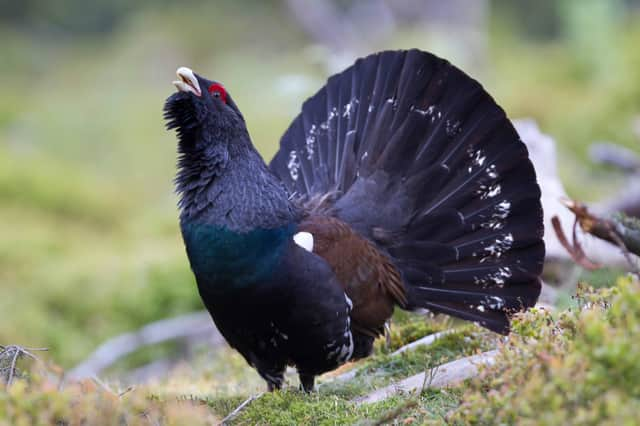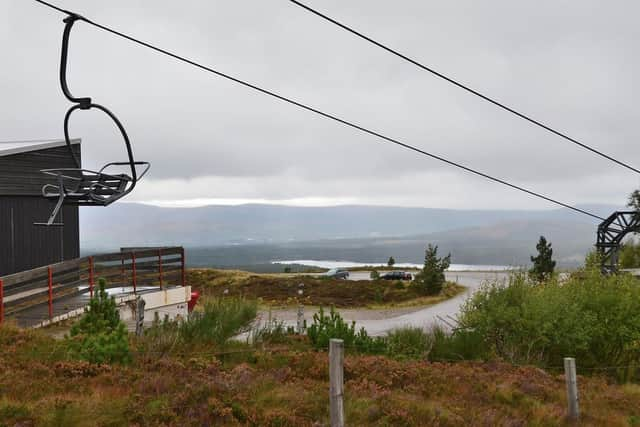Motorhomes versus capercaillie in the Cairngorms as parking spaces approved


Consent has been granted to redevelop part of the old car park at the Coire na Ciste near Glenmore Forest to create 50 overnight stopping places for motorhomes.
Cairngorm Mountain Scotland Ltd wants to address the surge in vehicles in recent times and to better manage the high numbers of motorhomes which are parked up on an informal basis.
Advertisement
Hide AdAdvertisement
Hide AdBut concerns have been raised about the proximity of the motorhome park to capercaillie living in nearby Glenmore Forest and potential disturbance from overnight visitors.


RSPB has recommended the motorhome park, which will cost £15 a night, does not open until May to avoid the lekking season when the males compete for female attention in an often elaborate and fearsome display.
Separately, an objection was lodged by the Badenoch and Strathspey Conservation Group.
Member Tessa Jones said: “We recognize that there is increasing demand for campervan sites. However these should be provided in the right places, away from where there are identifiable risks to protected species and not in honeypot areas such as the Glenmore corridor that is the most visited part of the National Park and already faces considerable visitor pressures.
"We are concerned that this approval demonstrates a lack of properly coordinated recreation management.
“We warned that added disturbance from the development threatens one of the most important areas for capercaillie in Scotland.”
RSPB did not object to the plans given the same number of vehicles will be using the car park overall.
However, Claire Smith, RSPB senior conservation officer, made a number of recommendations to reduce disturbance.
Advertisement
Hide AdAdvertisement
Hide AdA path leads from the car park to the Cairngorms Special Protection Area, home to a brood of capercaillie.
Ms Smith said: “The change in facilities available may not lead to an overall increase in activity in the area but may change usage of the path into the SPA and increase disturbance to capercaillie at dawn and dusk.
"For example, visitors planning to walk up the hill may decide to do a shorter walk the evening before or following
morning and therefore it could increase activity in the SPA at times that are usually quieter.”
Motorhome numbers have soared at the three resort car parks, including Coire na Ciste, from 191 in August 2015 to 853 in August 2021.
Around 80 per cent of the UK’s capercaillie live in The Cairngorms but 2021 lek counts showed a decline to 150 males from 230 in 2015.
Pete Mayhew, director of nature at CNPA told the board in June that a loss of habitat, predators and disturbances by humans were among the factors to blame for their decline.
Susan Smith, interim Chief Executive of Cairngorm Mountain Scotland Ltd, said: “We are working very closely with the Cairngorm National Park Authority, neighbouring landowners Forestry and Land Scotland and the RSPB to develop this site with the upmost care and respect to the environment.
Advertisement
Hide AdAdvertisement
Hide Ad"The area has always been popular with campervan/motorhome users and by providing a secure facility and educating on the importance of protecting the ground that surrounds it, we believe it will prove significantly beneficial for this visitor market, which is a substantial contributor to the local economy.”
